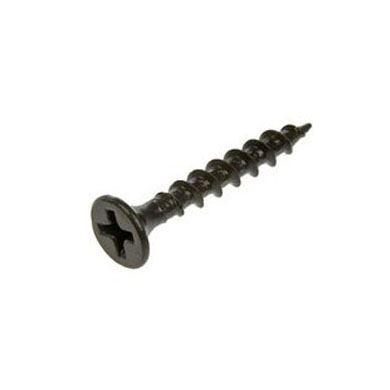Types of surface treatment:
Surface treatment is the process of forming a covering layer on the surface of the workpiece by a certain method. Its purpose is to endow the surface beauty and anti-corrosion effect of the product. The surface treatment methods are all attributed to the following methods:
1. Electroplating: Immerse the part to be plated in an aqueous solution containing the metal compound to be deposited, and pass the plating solution with a current to precipitate the electroplated metal and deposit it on the part. Generally electroplating has galvanized, copper, nickel, chromium, copper-nickel alloy, etc.,
Sometimes include black cooking (bluish), phosphating, etc.
2. Hot-dip galvanizing: This is done by immersing carbon steel parts in a molten zinc plating tank with a temperature of about 510 ° C. As a result, the iron-zinc alloy on the surface of the steel part gradually becomes passive zinc on the outer surface of the product. Hot dip aluminum plating is a similar process.
3. Mechanical plating: The particles of the coated metal impact the surface of the product, and the coating is cold welded to the surface of the product.

Link to this article:Screw Surface Treatment Process
Reprint Statement: If there are no special instructions, all articles on this site are original. Please indicate the source for reprinting:Mold Wiki,Thanks!^^
